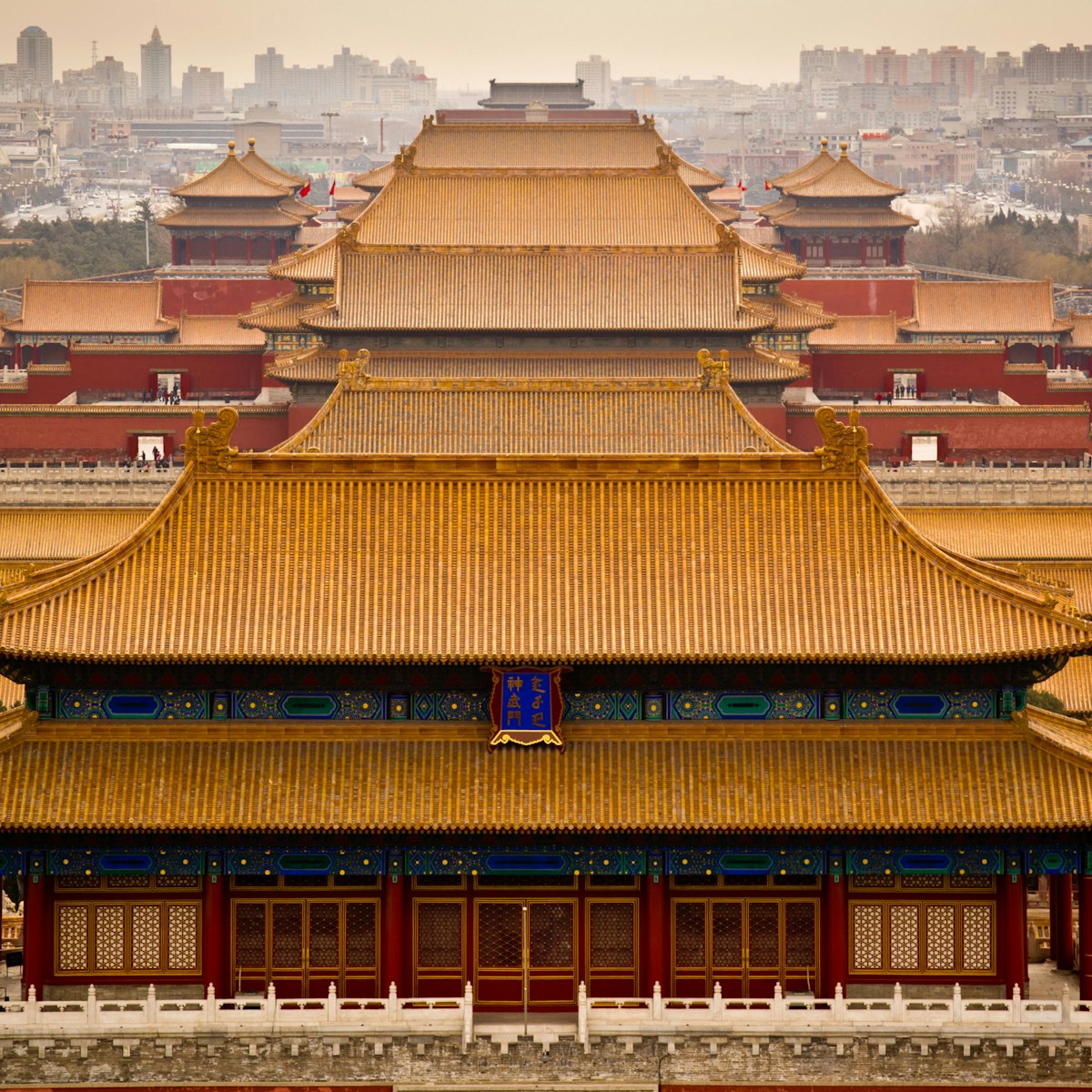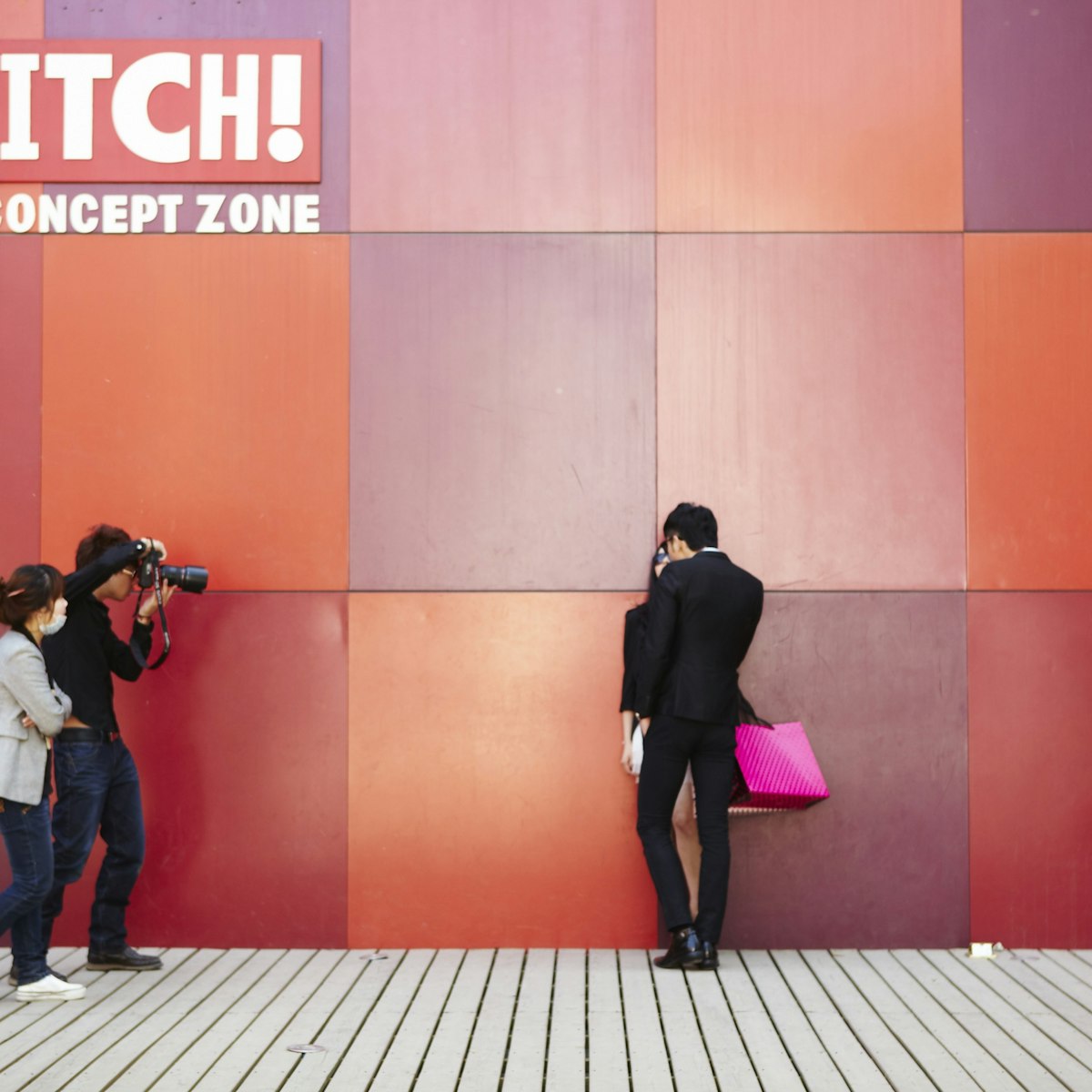Beihai Park, inside the old Imperial City, looks much as it would have done in the 18th century when it served as Emperor Qianlong's private gardens. The Tibetan-style White Dagoba soars majestically over the lake (Beihai means ‘northern sea'), around which are found temples, pavilions, imperial stelae and other grand designs. A public park since 1925, Beihai now offers a window onto pastimes like dìshū (地书), where locals demonstrate their calligraphy skills using giant brushes and water.
Beihai has been a royal playground since the Jin dynasty (1115–1234), when Jade Islet was shaped from the earth scooped out to create the lake. Crowning the islet is the 36m-high Tibetan-style White Dagoba, built in 1651 by the first Qing emperor to honour a visit by the Dalai Lama. You can reach the islet by boat (¥5 to ¥15) or via bridges at the south and east gates. Entering via the south gate is the grand approach because you can climb up the steep southern approach through Yong'an Temple to the top.
The north shore of Beihai has the most interesting buildings. Jingxin Studio, a 'garden within a garden', was a favourite retreat of Emperor Qianlong, who would sip tea, listen to the plucking of the guqin (Chinese zither) and enjoy the carp-filled pools and scenic views. Western Elysium, with its centrepiece Míng-era hall (recently restored) made of unpainted cedar, was a lamasery during the Ming dynasty, and was later rebuilt by Emperor Qianlong. Nearby is the Nine Dragon Screen, a 5m-high, 27m-long 'spirit wall' emblazoned with writhing dragons picked out in coloured glazed tiles. At the northeast corner of the lake, Little Western Heaven is the largest square pavilion-style palace in China, built in secret as a gift for Emperor Qianlong's mother on her 80th birthday. Inside the cavernous hall is an enormous and rather garish diorama of Mt Sumeru.
This circular fortress known as Round City, just outside the south gate of Beihai, was the site of Kublai Khan's palace in the Yuan dynasty. All that survives are a few ancient cypress trees and a vast, ceremonial wine vessel made of green jade dating from 1265. It's on display in front of the Hall of Divine Light (Chéngguāng Hall; Chéngguāng Diàn), where a 1.5m-tall statue of Sakyamuni, made from Burmese 'white jade', can be admired from afar.








